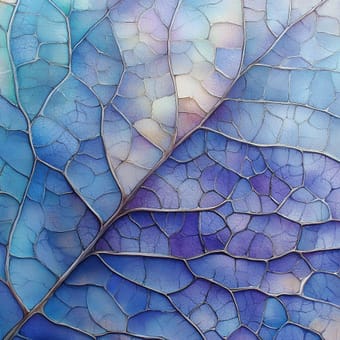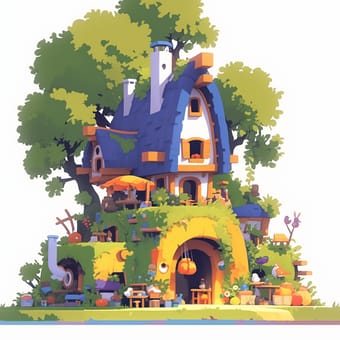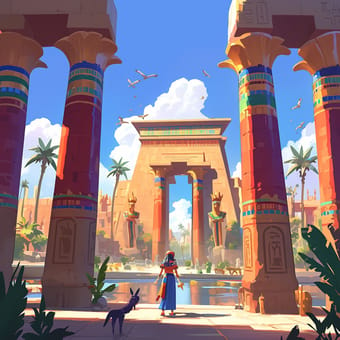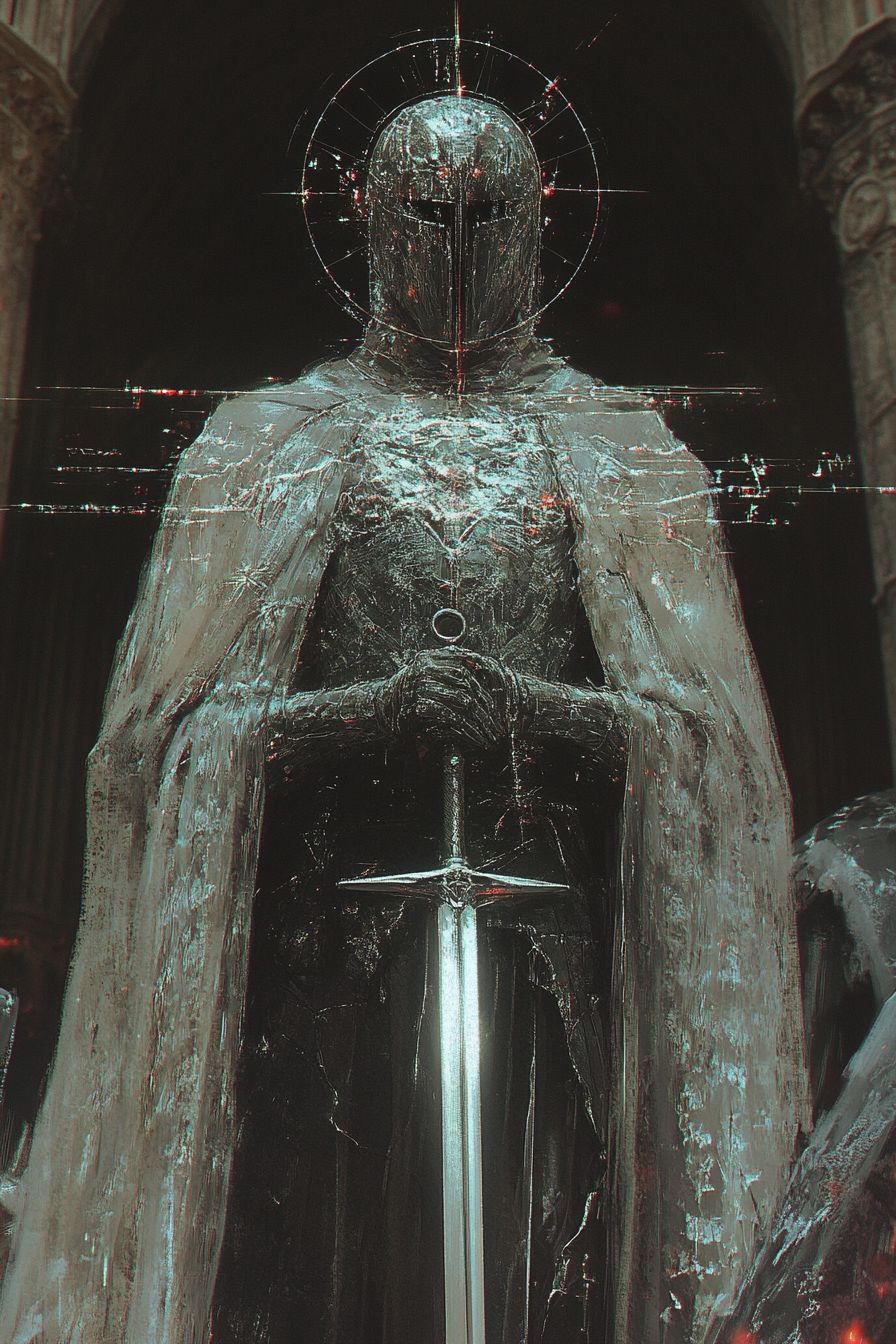Art Style Type
This SREF style masterfully blends classical engraving art with contemporary illustration design. It draws heavily from traditional European copperplate and woodcut engraving techniques, particularly the line engraving styles popular during the Renaissance and 18th-19th centuries. This style belongs to the classical engraving category because it employs dense parallel lines and cross-hatching shadows to create depth and texture—hallmark characteristics of traditional printmaking craftsmanship. Meanwhile, it incorporates modern illustration composition concepts and visual expression methods, breathing contemporary artistic vitality into ancient techniques.
Style Characteristics
The defining feature of this SREF is its meticulous line craftsmanship and dramatic chiaroscuro contrasts. Every detail is constructed through dense, orderly line work that creates richly layered visual effects. This style impresses because it seamlessly merges traditional handicraft mastery with digital artistry, preserving the classical elegance of engraving while maintaining modern design clarity. The directional flow and density variations of the lines not only sculpt structural forms but also convey a sense of solemn artistic dignity, imbuing works with profound historical and cultural depth.
Style-Enhancing Prompt Keywords
- engraving: Adding this word further strengthens the refined texture of traditional engraving, making lines sharper and clearer while enhancing overall craftsmanship
- crosshatching: Using this word significantly amplifies cross-shadow effects, enriching tonal layers and making form modeling more dimensional
- medieval illuminated manuscript: Incorporating this element adds ornate classical decorative artistry, enhancing historical resonance and artistic value
Recommended Application Scenarios
This style is particularly suited for premium brand identity design, historical theme illustrations, classical literature book covers, museum exhibition posters, luxury book binding, and collectible artwork creation. It can infuse modern commercial design with profound cultural heritage, making it ideal for projects requiring authority, historical significance, and artistic value.
 Library
Library


















